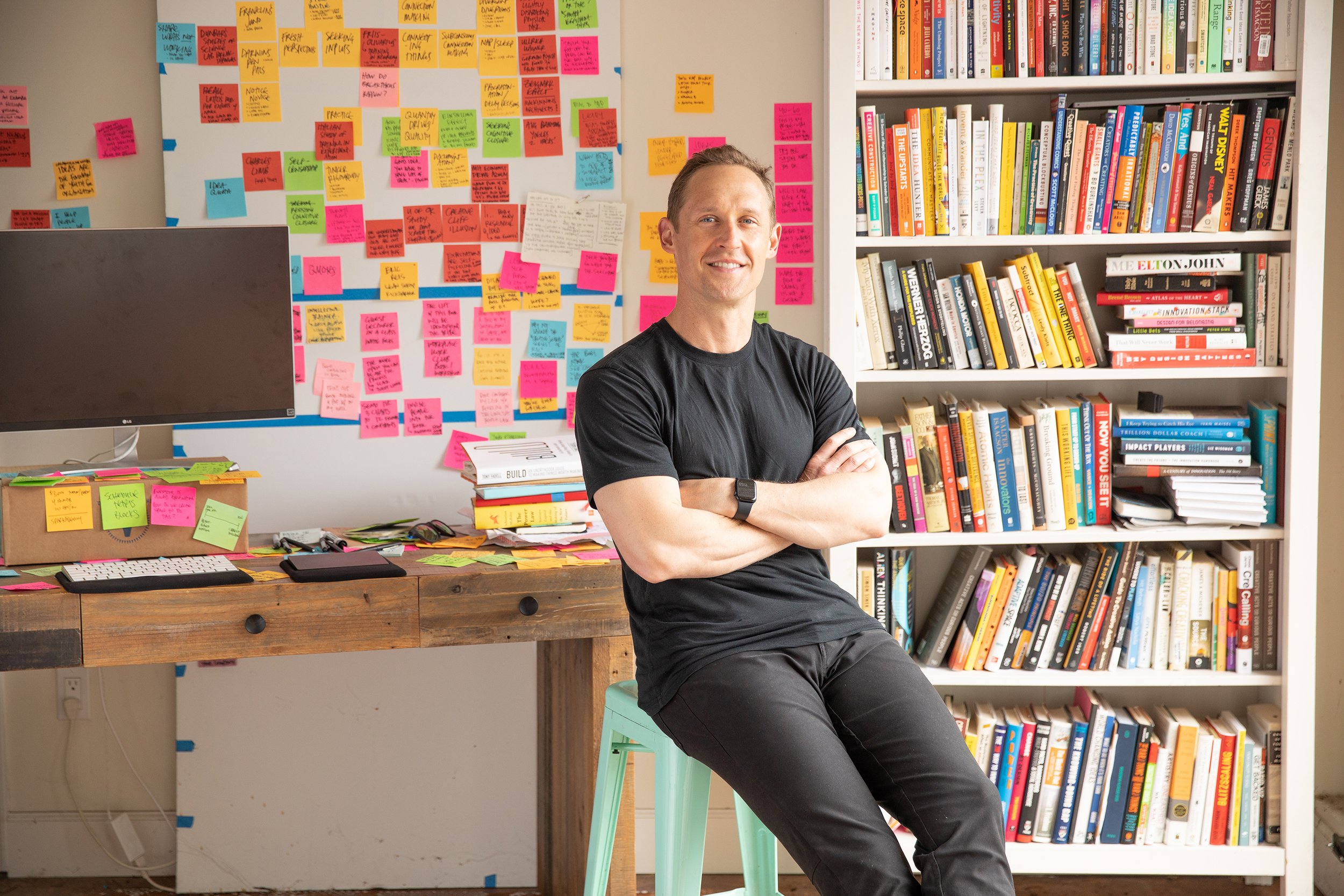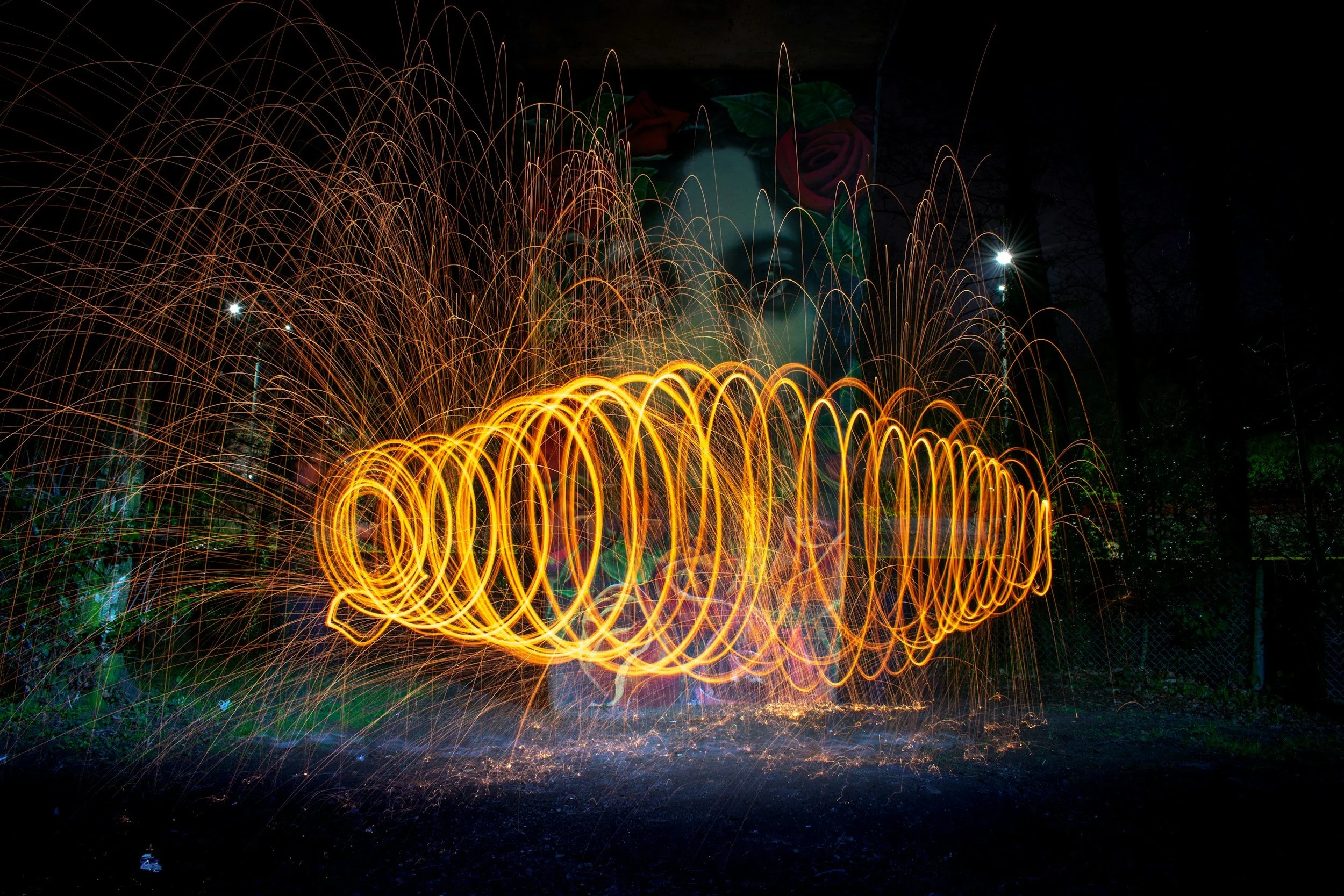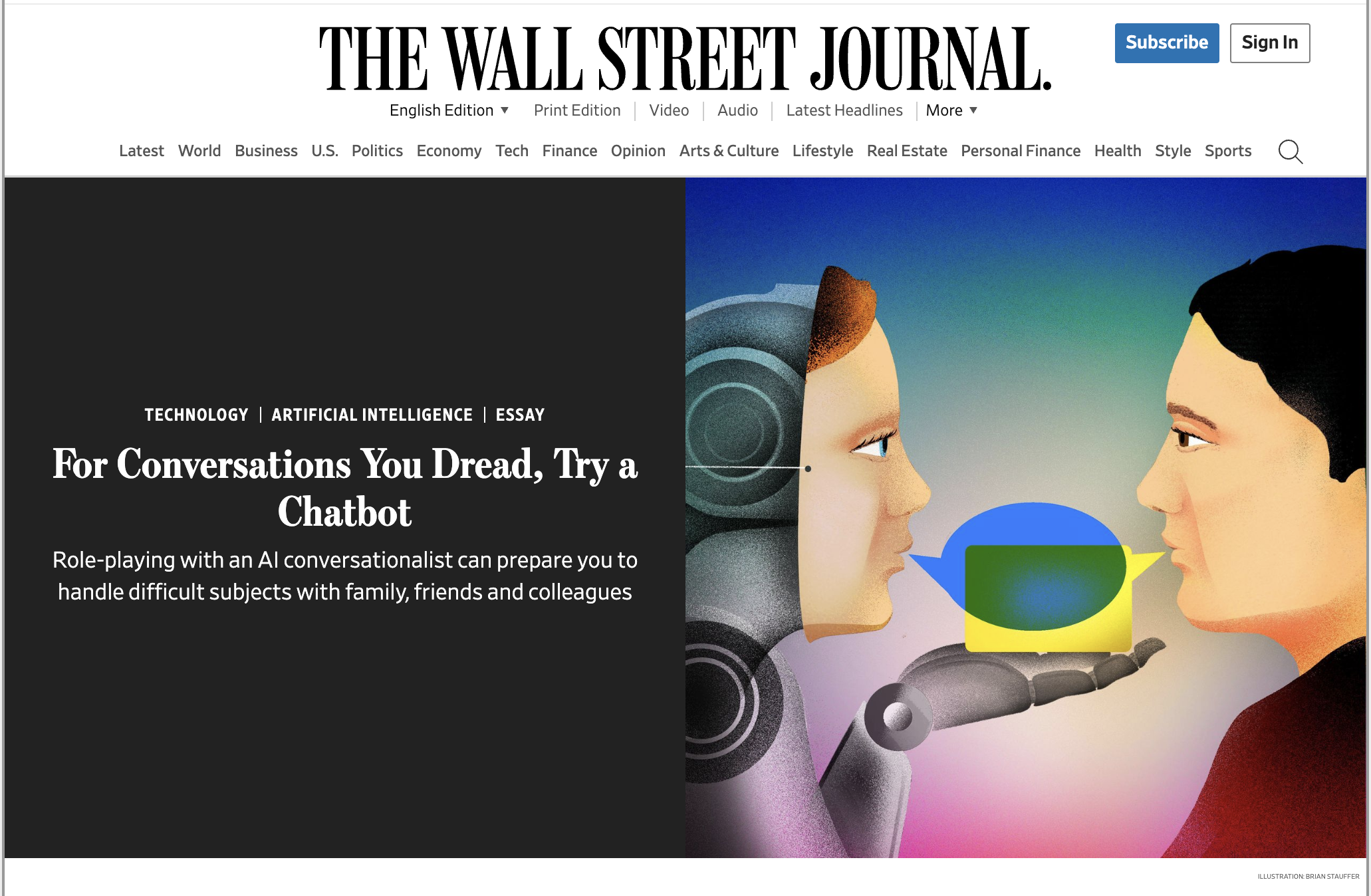
Methods
of the Masters
A blog on the art & science of creative action.
Update Your Priors
If the MIT study of AI failure rates surprised you, you need to update your priors. Innovation is about shots on goal, not perfect plans. Time to recalibrate how many attempts you’re making.
What's Your Question? The Missing Skill That's Killing Innovation
Most organizations don’t fail at AI because of the tech. They fail because leaders reward critique over curiosity. Here’s how to flip the script before your next breakthrough dies in the room.
Hire Yourself
Much ink has been spilled about the plight of college graduates. Because of all the hand-wringing about entry-level positions disappearing and AI automation stealing opportunities, no one is saying the quiet part out loud:
No one wanted a "job" to begin with. In that sense, there's never been a better time to enter the job market.
From Efficiency to Impossibility: How the Trail Blazers Prove AI Creates Value, Not Just Captures It
Most companies get AI adoption wrong because they're trapped in "value capture" mode. Efficiency plays might deliver measurable ROI, but they’re essentially defensive moves, and defense alone doesn't put enough points on the board to win. The real competitive advantage comes from "value creation."
Innovation Doesn't Have to be Hard (I Just Watched AI Turn Torture Into Play)
Last week, I ran an innovation workshop for the thousandth time. But this time felt different. Every time I noticed that familiar moment where teams hit cognitive quicksand—where I'd normally say "this is the hard part, push through it"—something clicked. This is exactly when AI should step in.
Train An AI Twin to Practice Difficult Human Conversations
I’ve been working on a radical new course at Stanford, which I’m excited to share more details on soon. In the meantime, sharing an early iteration of my thinking on the topic, in the form of my WSJ piece co-authored with the brilliant Kian Gohar.
Your Team Just Quoted 8 Weeks. What if They're Off by 99%?
I thought I was running a standard innovation workshop with one of my favorite clients. Instead, I came to face to face with my own biases, and accidentally broke an entire organization's understanding of what's possible.
Ask for More (Collaborating With GenAI for New Ideas)
“Think:Act Magazine” was curious about how I incorporate AI into my own creative process as a writer, so they visited my home studio to observe my workflow. What followed was a fascinating exploration of how I use multiple LLMs as collaborative partners rather than just tools. Fun to be featured alongside heroes of innovation like Astro Teller, Amy Edmondson, and the legendary design duo Charles and Ray Eames!
Take Your Own Job Before Someone Else Does
AI isn't coming for your job. But someone using AI almost certainly is. So why not take your own job before someone else does? It’s time to prioritize and systematize disrupting ourselves.
Love in the Age of AI: The One Thing Algorithms Can't Fake
In the AI age, love is more important than ever. Because now anyone can generate “good enough” solutions with a few prompts. But people want more than good enough. When average is free, only above-average passion will stand out.
Stop Making Peace with Pain: The Hidden Cost of Normalizing Inefficiency
"I don't really have any pain points to automate," a CEO told me during an AI workshop last week. "I don't do repetitive work like other people in the company do."
Then he mentioned how he spends six hours manually editing every report his team sends him… I had to stop him right there.
45 Minutes That Saved 20 Years: The Story of An Unlikely AI Hero
AI is transforming industries. Designers are compressing month-long workflows into minutes. Scientists are using AI to condense years of research into days. But what about decades into minutes? Meet Adam. He doesn’t have a LinkedIn account. But in 45 minutes, he built an AI tool that'll save his organization thousands of days of work every year.
Host A Science Fair
While the winding road to innovation often only makes sense in retrospect, that doesn’t mean you can’t bend the odds. One of my favorite prospective strategies an organization can employ is the classic science fair... but you must approach it correctly.
Your AI Task Force is Missing the Point
Undisputed "Beyond the Prompt" fan favorite Jenny Nicholson drops by to share some insights from her adventures helping folks innovate with AI. Important lessons for any leader looking to unleash their teams with this transformative technology.
Catalyze AI Success: The Power of Dedicated Innovation Capacity
In the past year, I've witnessed a fascinating phenomenon across organizations embracing GenAI. Two "identical twins" in the AI race, similar in their approach to AI adoption -- engaged senior leadership, extensive training, numerous opportunities for AI integration -- whose outcomes couldn't be more different.
AI’s Secret Weapon: Your Humanity
A funny thing happens when humans interact with AI—they start talking like robots. This is tragic. It's the very humanity that we often unwittingly withhold that guarantees lackluster output. To revolutionize your output with GenAI, revisit your own humanity.
How to Have an Innovative Idea: Three Simple Steps
Quick: come up with an innovative idea!
If you’re anything like the thousands of students I’ve coached in the last fifteen years, panic alarms just went off.
But the truth is, the creative process is hardly a mystery – in fact, it can be broken down into three simple steps.
Scrape Your Knees: Why Falling is Essential to AI Mastery
Most folks’ biggest mistake in collaborating with AI is expecting to get things perfect right out of the gate. But learning to use AI is just like any other motor skill: you’ve got to fall in order to create new neural pathways. Here, I share some insights on falling forward, productively.
Seek Inspiration to Spark Innovation
Rather than waiting around for lightning to strike, take a more proactive approach. You can provoke your own imagination. One of the most effective, powerful, and fun tools we have created for such self-provocation missions is what we call “Analogous Exploration.”
Ethan Mollick: “Latent Expertise: Everyone is in R&D”
Special guest post from Wharton professor and “accidental AI expert” Ethan Mollick. He joined the podcast a couple months back, and then he blew our minds with this exceptional post on how companies can do much more with AI than merely improve efficiency.




















